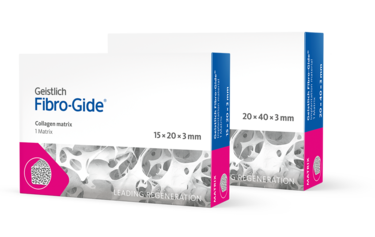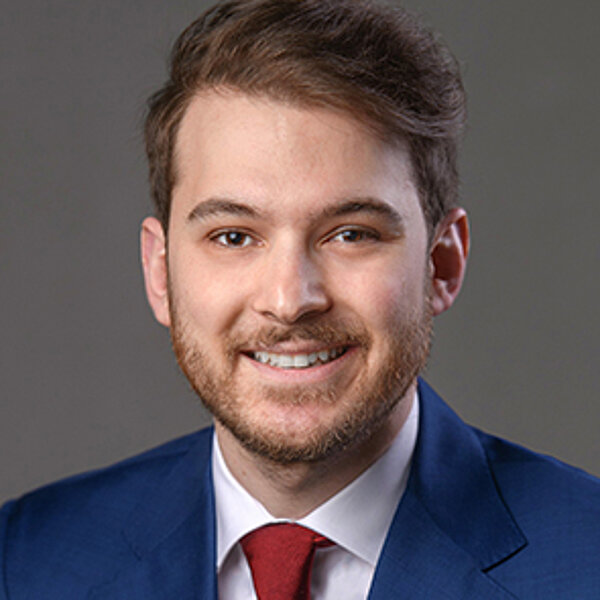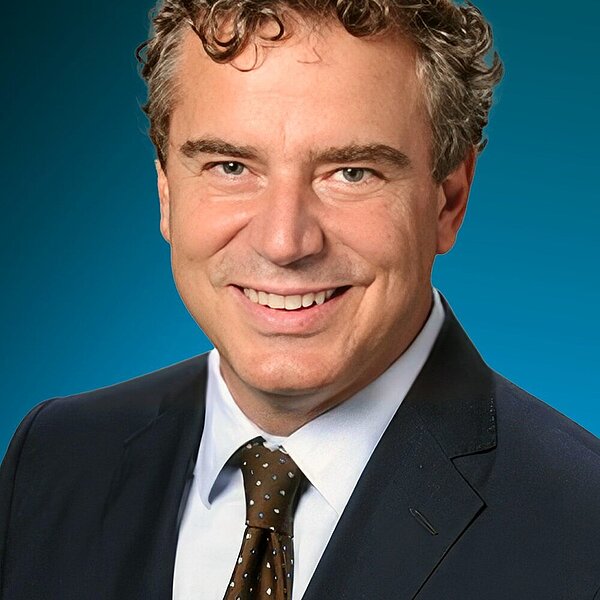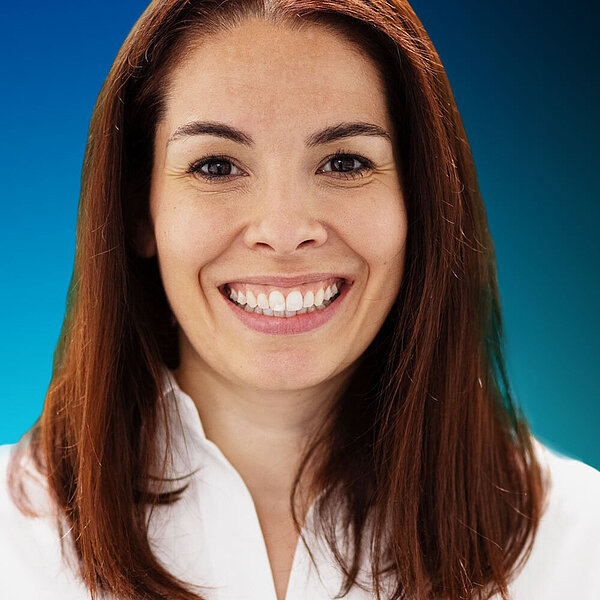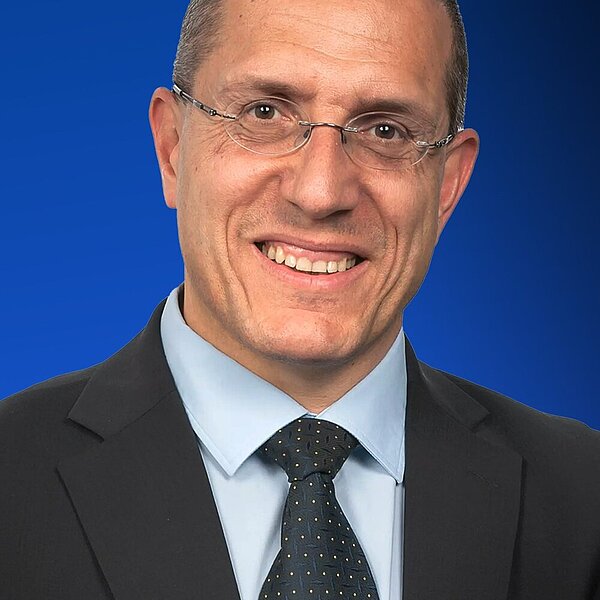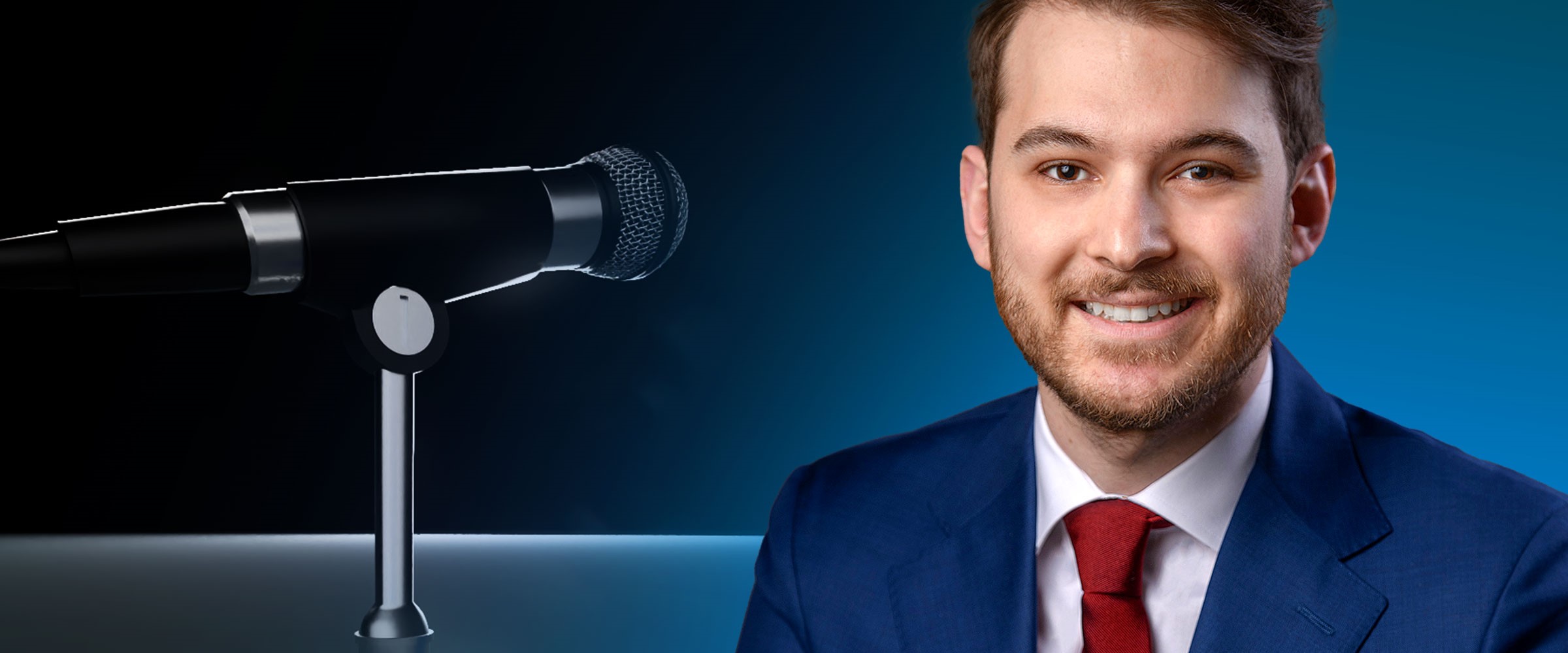
Elevating Patient Care with Geistlich Fibro-Gide®
Is Geistlich Fibro-Gide® suitable for soft tissue augmentation around both natural teeth and dental implants? Find out in our expert interview with Dr. Lorenzo Tavelli.
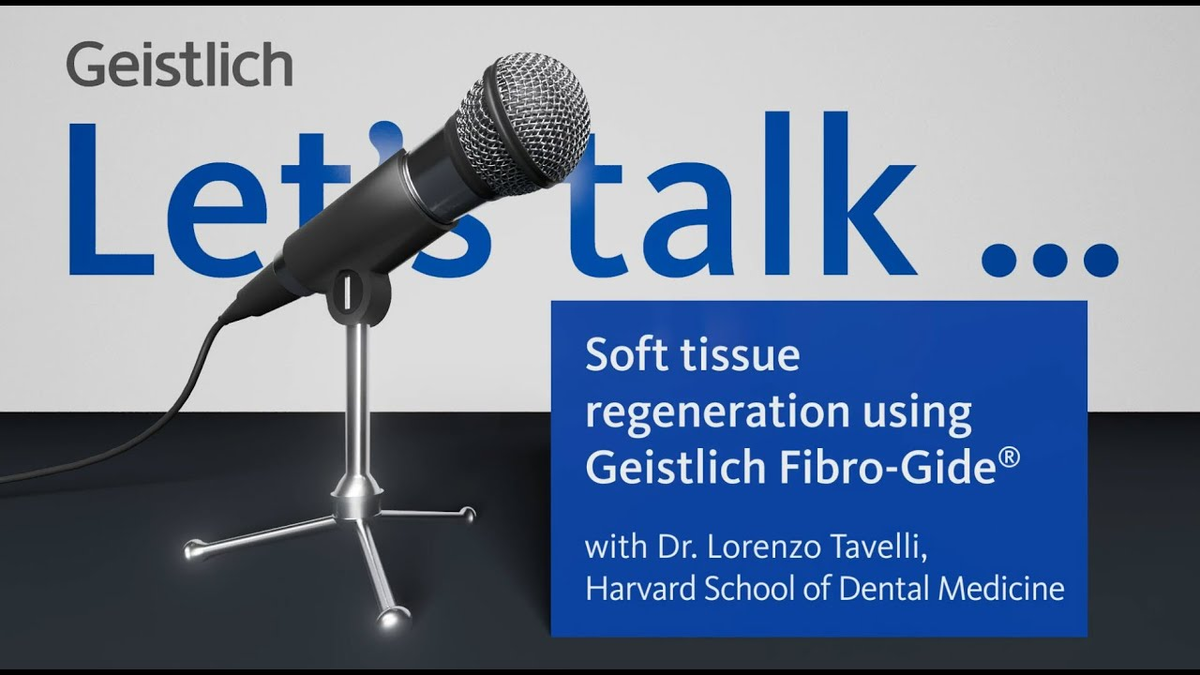
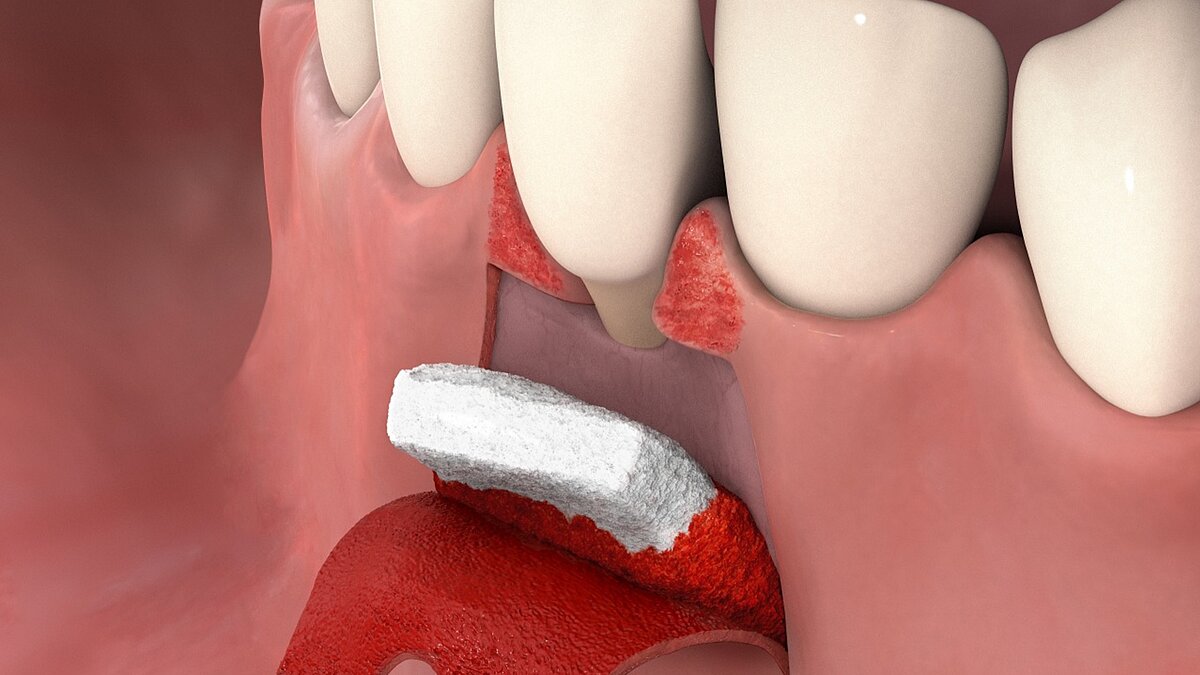
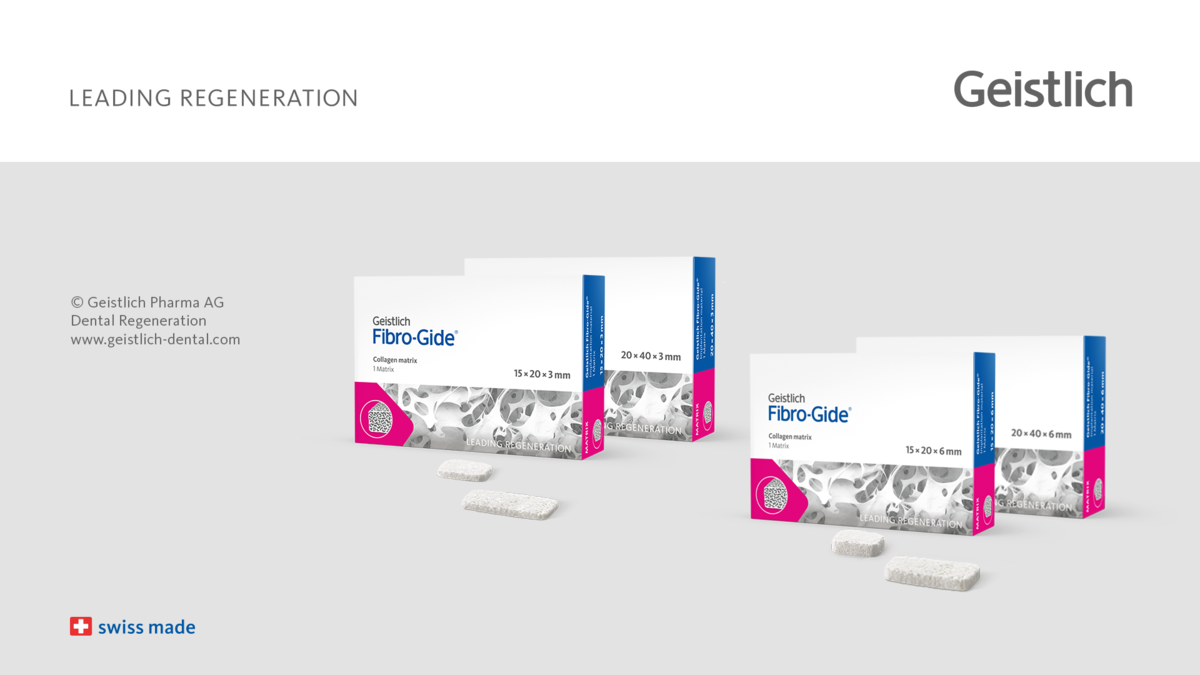
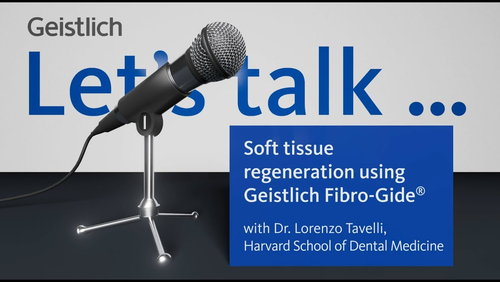
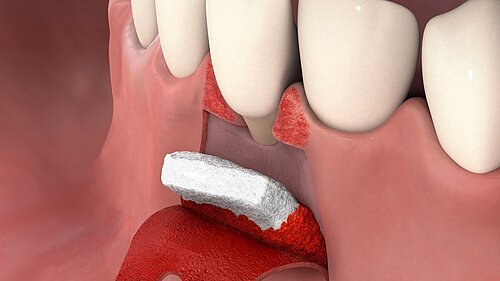
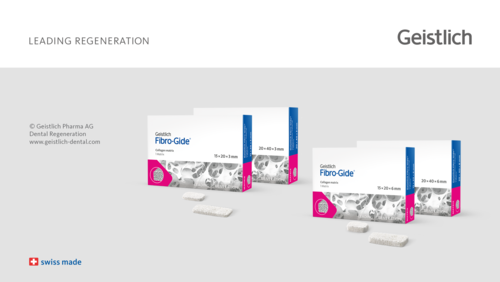
When do you use Geistlich Fibro-Gide®?
Geistlich Fibro-Gide® is used in a diverse range of clinical situations: for quicker procedures that avoid using a palatal donor site, for minimally invasive treatments, and importantly, when sufficient keratinized tissue is present at the site. If the goal is to increase thickness for root coverage or around dental implants, the presence of keratinized tissue makes this graft substitute an attractive option.
Which thickness do you use most frequently?
It's a difficult question to answer, but the usage is likely evenly split. The 6 mm option allows for customization of the graft material as needed. It can be divided into two 3 mm pieces for the entire length, or adjusted to around 4 mm, particularly for dental implants. For natural teeth, using the pre-prepared 3 mm Geistlich Fibro-Gide® is often more convenient.
When would you use 3 mm?
The 3 mm thickness is ideal for root coverage procedures in natural dentition, as the required gain is usually 1-2 mm. This thickness creates an esthetic appearance around natural teeth. Around implants, the 3 mm thickness can be used, but sometimes a 4 mm matrix is preferred, which can be achieved by using the 6 mm and customizing it based on the specific defect.
What time point do you choose for soft tissue augmentation?
The timing for soft tissue augmentation around dental implants depends on the bone condition. If no further bone augmentation is required, soft tissue augmentation can be performed at the time of implant placement using Geistlich Fibro-Gide®. If the buccal bone is thin or there are exposed roots, bone augmentation should be done first, followed by soft tissue augmentation 3 to 4 months later during the second stage. Combining bone and tissue augmentation simultaneously is theoretically possible, but performing these steps one by one is recommended for more predictable outcomes.
What outcome measure do you use?
Two types of outcome measures are considered: patient feedback and clinical observations. During the post-operative period, patients should report minimal pain, while clinical assessments at 3 and 6 months, as well as during long-term follow-up, should reveal increased tissue thickness, an esthetically pleasing profile, and an enhanced soft tissue seal around teeth and dental implants.
What are the benefits of Geistlich Fibro-Gide® compared to autologous tissue?
Geistlich Fibro-Gide® significantly reduces patient morbidity, and patient acceptance is generally higher for soft tissue augmentation without palatal harvesting. Whenever possible, Geistlich Fibro-Gide® is the preferred option, as it can substantially decrease patient morbidity, particularly during the first 2 weeks.
Is there a difference in the outcome when using this grafting material around natural teeth compared to dental implants?
It appears that Geistlich Fibro-Gide® can be effectively utilized in both natural teeth and dental implant scenarios. As with any graft, optimal results are achieved with a greater vascular surface. When treating natural teeth, it is preferable to minimize root exposure during flap creation and maximize blood supply to the flap. This principle also applies to dental implants. Although the outcomes should not differ significantly, additional research is needed for a comprehensive evaluation. Based on current experience and preliminary findings, Geistlich Fibro-Gide® has shown promising results around both natural teeth and dental implants.
Your tip for new users is…
For new users, it is crucial to focus on flap design and soft tissue management, ensuring proper flap raising and suturing for optimal graft sealing. It is also important to recognize that the primary motivation for using graft substitutes is to provide better patient care, not to save time during procedures. While autogenous grafts are still indicated in some cases, in many situations Geistlich Fibro-Gide® can achieve comparable results without additional morbidity and harvesting from the palate. Experienced providers should be able to differentiate between cases requiring autogenous grafts and those that can benefit from graft substitutes, ultimately providing better patient care with reduced postoperative pain and morbidity.


